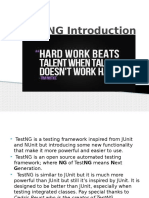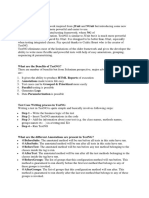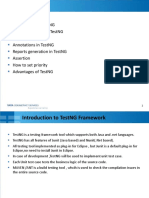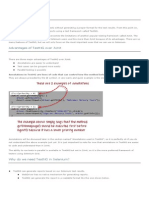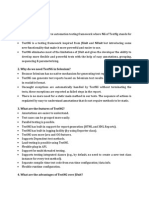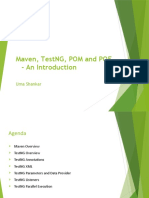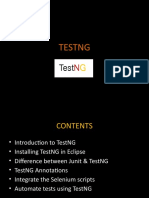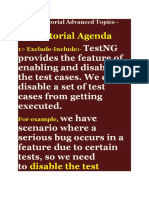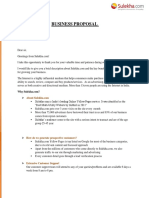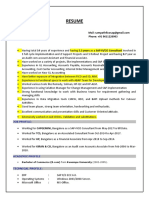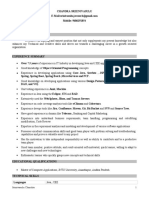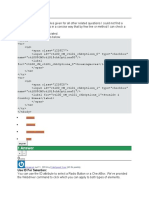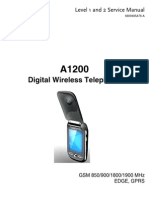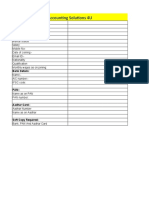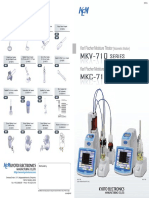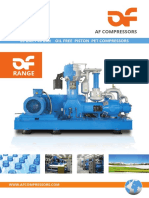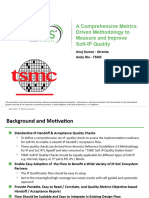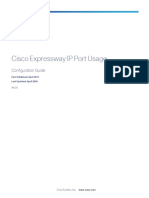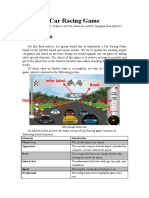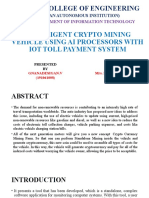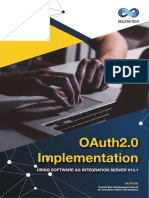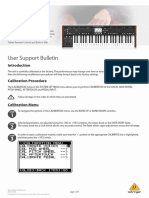0% found this document useful (0 votes)
102 views7 pagesTestng Tutorial: Install Testng Into Eclipse
TestNG is an automation testing framework that provides functionality to organize test classes and methods, generate detailed reports, and run tests in parallel. Key features of TestNG include using annotations to group and prioritize test classes and methods, running tests across multiple browsers simultaneously, integrating with tools like Jenkins, and generating detailed reports on test runs including passes, failures, and skips. TestNG offers advantages over JUnit like easier to understand annotations and the ability to group and run tests in parallel.
Uploaded by
KavithaCopyright
© © All Rights Reserved
We take content rights seriously. If you suspect this is your content, claim it here.
Available Formats
Download as DOCX, PDF, TXT or read online on Scribd
0% found this document useful (0 votes)
102 views7 pagesTestng Tutorial: Install Testng Into Eclipse
TestNG is an automation testing framework that provides functionality to organize test classes and methods, generate detailed reports, and run tests in parallel. Key features of TestNG include using annotations to group and prioritize test classes and methods, running tests across multiple browsers simultaneously, integrating with tools like Jenkins, and generating detailed reports on test runs including passes, failures, and skips. TestNG offers advantages over JUnit like easier to understand annotations and the ability to group and run tests in parallel.
Uploaded by
KavithaCopyright
© © All Rights Reserved
We take content rights seriously. If you suspect this is your content, claim it here.
Available Formats
Download as DOCX, PDF, TXT or read online on Scribd
/ 7



